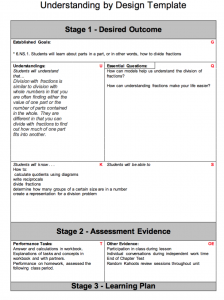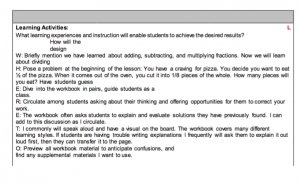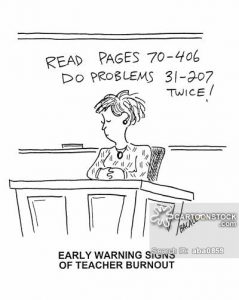Assessments have long been thought of as pencil and paper tests. Students learn about a topic, do some practice on worksheets, then get tested with questions on a paper. Nowadays, the educational community is realizing that this has very little to do with how students will use this information in real life. Recently, what we as teachers are trying to do with assessment, is to simulate a real life experience that uses the information that will be studied during the unit. We are designing this piece of authentic assessment prior to teaching the unit, that way teachers and students have a clear picture of what the end goal is. When students have a clear goal in mind, everything they are doing in class has a purpose, and when students have a purpose, they are more motivated to learn.
These authentic assessments are a more valid representation of student knowledge because it requires students to take the information they learned and apply it to a different, but similar situation. It is very rare that students will find , for example, the exact situation described in a mathematical word problem outside of the classroom. Instead, what they find may be a similar situation, but have different known values, or different variables. If students can reach this type of higher level thinking while in the classroom, they will take those problem solving skills with them outside of school.
My host teacher uses mostly project based assessments in his science classes. This way, students are taken away from the rote memorization and instead are more focused on how these different aspects are intertwined. In his math classes, assessments are still pencil and paper based, although many real life problem situations are presented on the test. With my unit plan (and from now on) I am trying to formulate even more authentic assessments to supplement these paper based tests.


